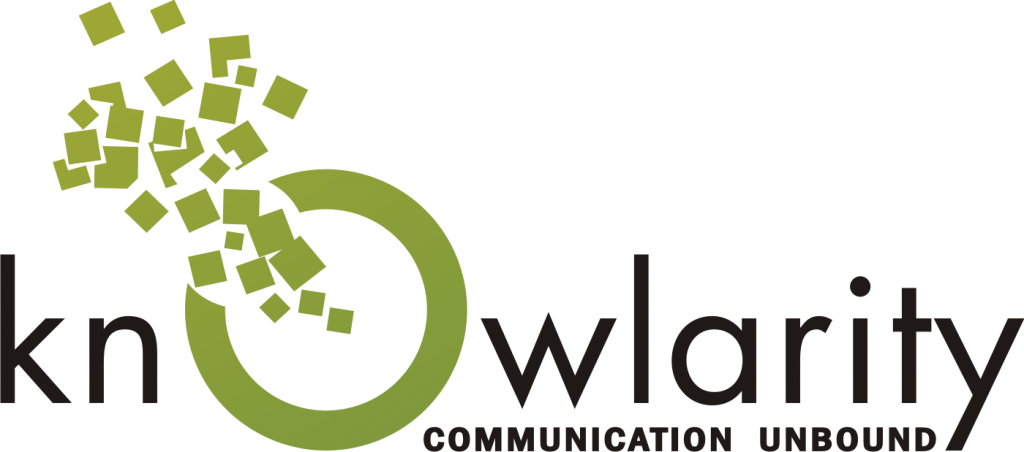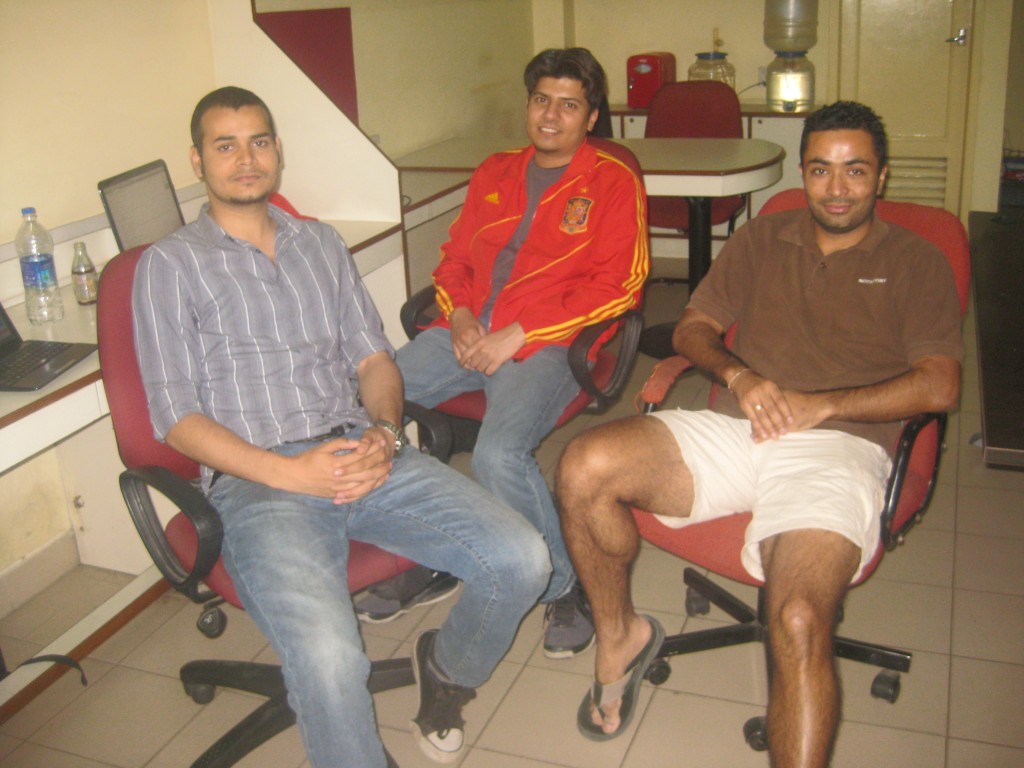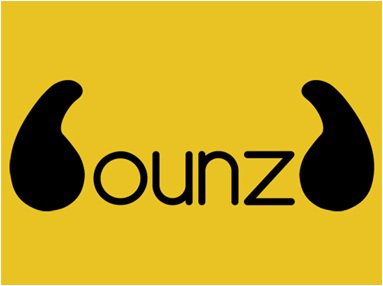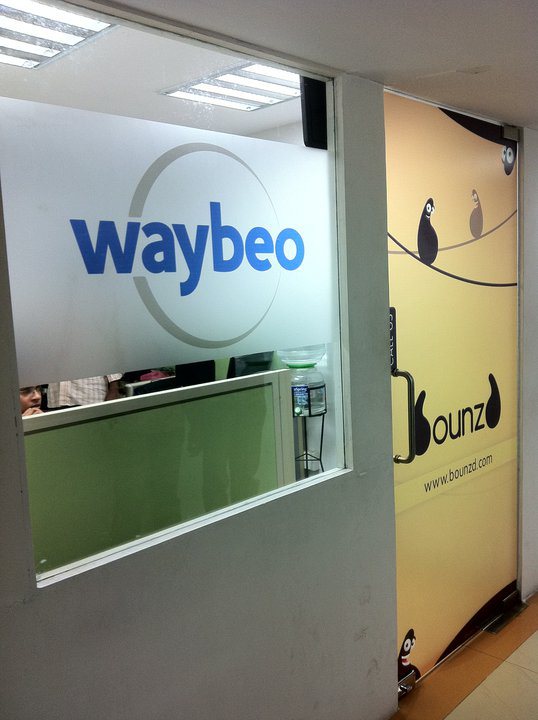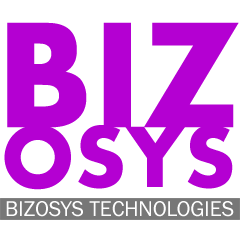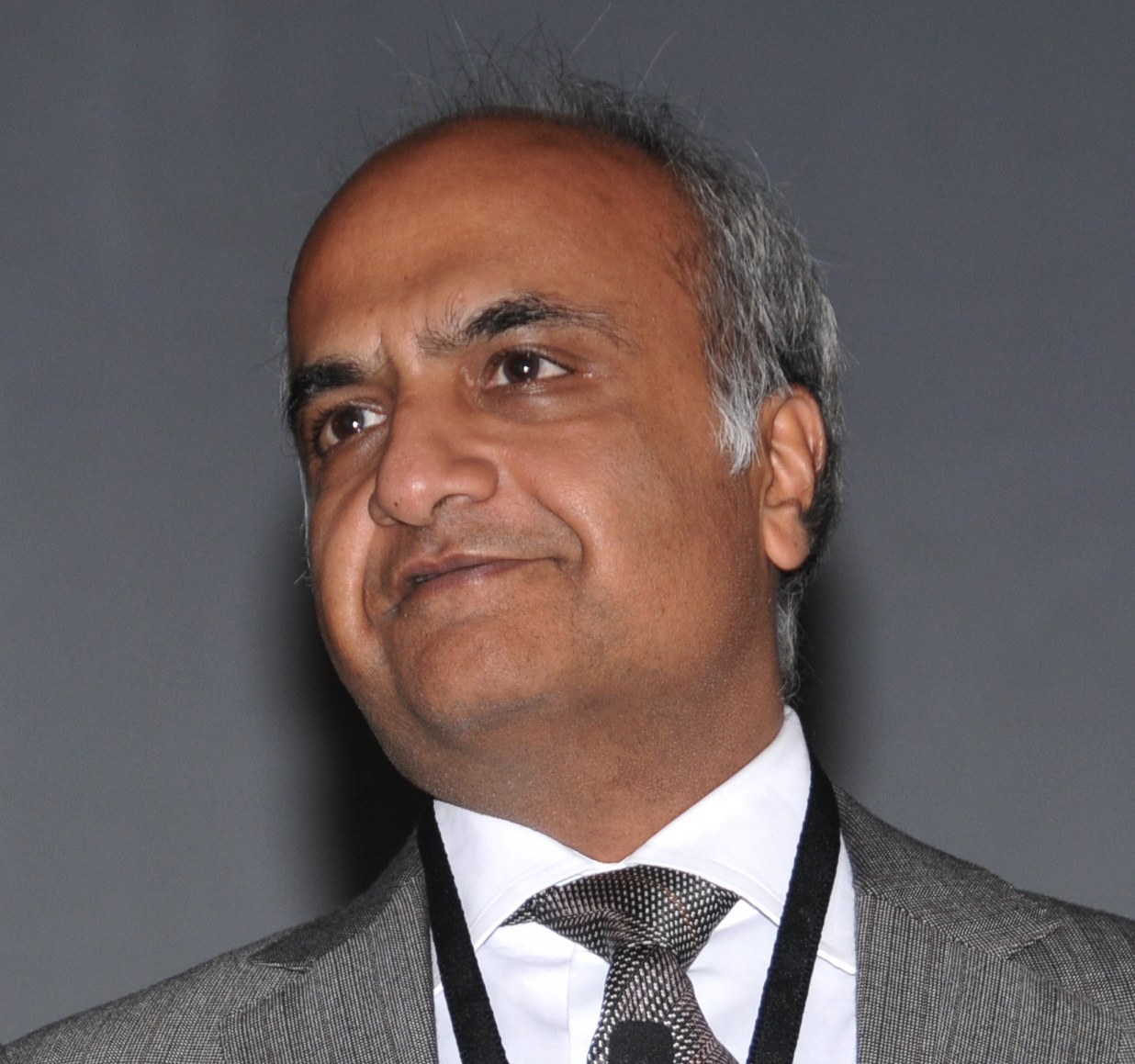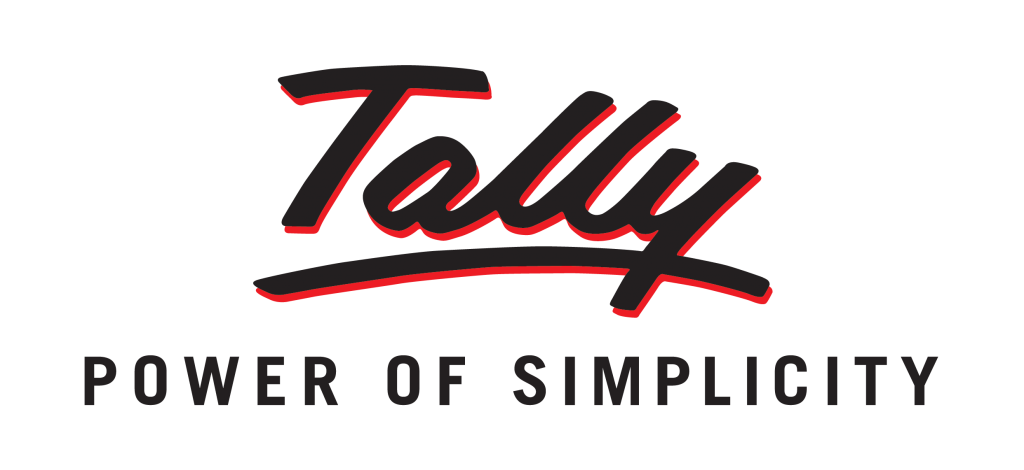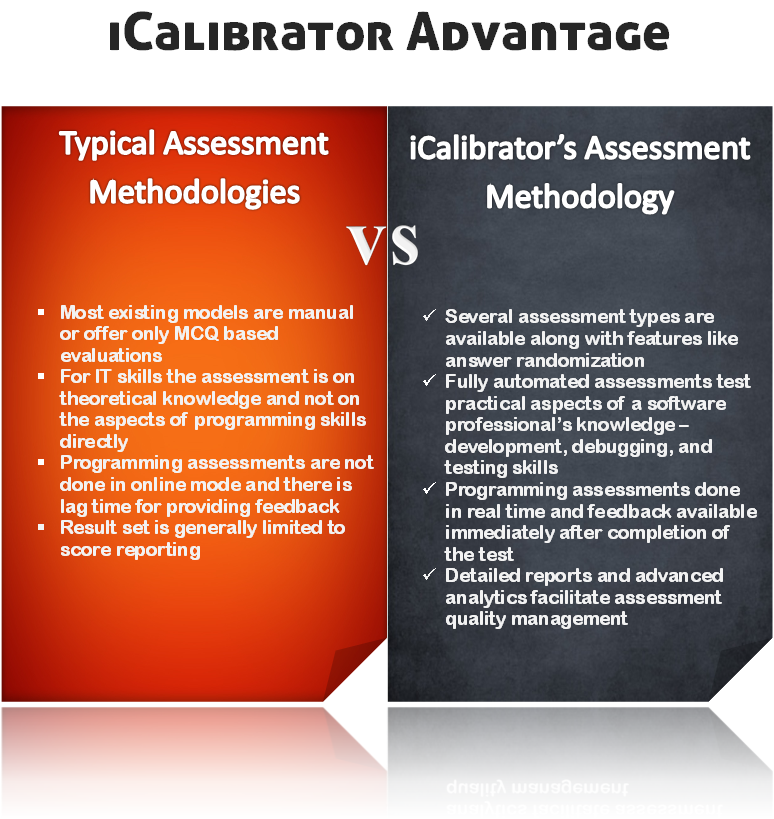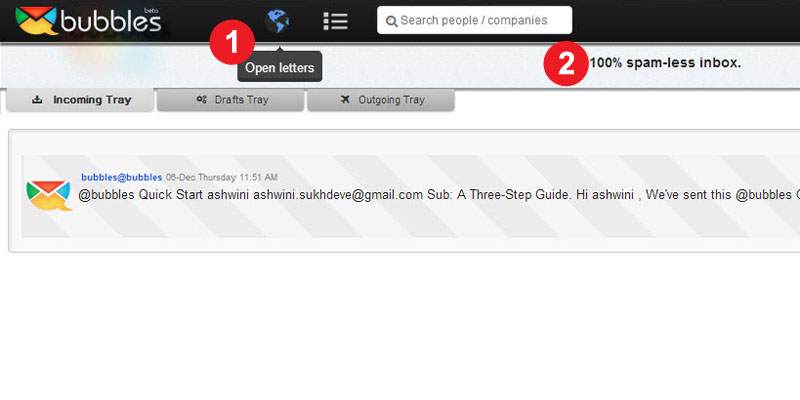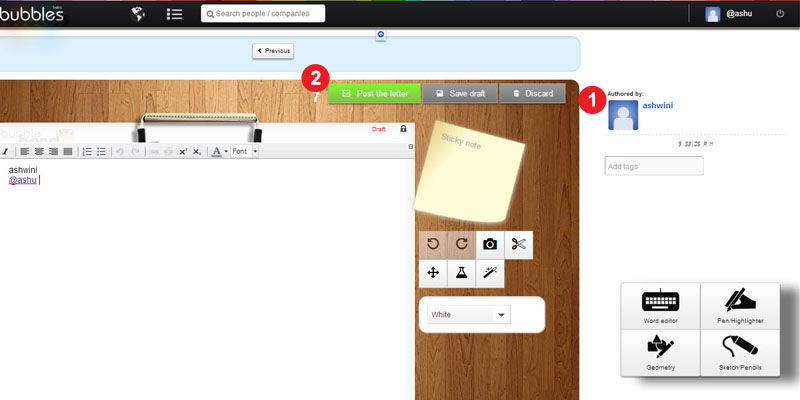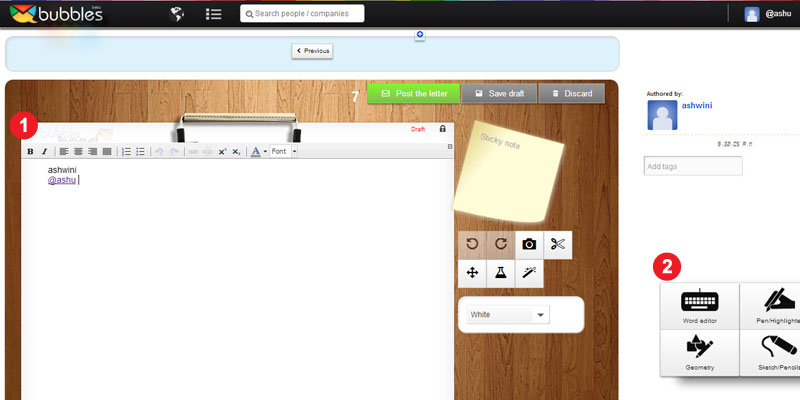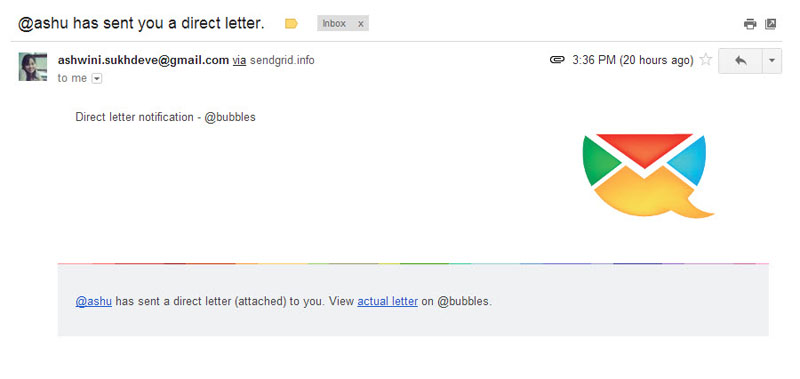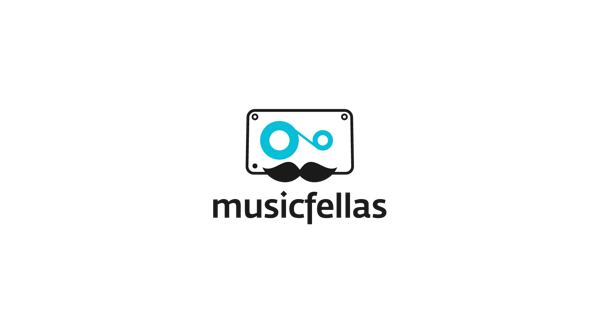“Vision without action is a dream. Action without vision is wasting time. Vision with action can change the world.” Joel Author Baker. Abhiraj Malhotra is “Technology Head & Evangelist” – SchoolPad at Chalkpad Technologies Pvt. Ltd.
Abhiraj is a passionate software developer and an entrepreneur, whose vision is to infuse productivity into organizations towards a positive change. His interest is in web technologies, web application development, and user interface designs. The Malaysian hockey federation recognized Abhiraj’s work and appropriately awarded him for designing and developing Hockey Champions trophy 2007 official website. This is an astonishing achievement! Today, Abhiraj’s flagship product is “Assistwindow.”
The content of this interview has the potential to increase your organization’s productivity. Read on….
Please tell us your story that inspired you to be an entrepreneur.
 Even when I was studying in school, I loved programming in C++. It not only helped me learn more but I was also able to dabble and learn the intricacies of programming. My passion to write computer programs blessed me with the much needed exposure to solve real-time problems. When I was studying 11th grade, I designed my first website. I kept enhancing my knowledge in programming through continuous learning. My first breakthrough in freelancing was the development of a matrimony portal in ASP 3.0, alternatively known as “Classic ASP” – a popular web development language then.
Even when I was studying in school, I loved programming in C++. It not only helped me learn more but I was also able to dabble and learn the intricacies of programming. My passion to write computer programs blessed me with the much needed exposure to solve real-time problems. When I was studying 11th grade, I designed my first website. I kept enhancing my knowledge in programming through continuous learning. My first breakthrough in freelancing was the development of a matrimony portal in ASP 3.0, alternatively known as “Classic ASP” – a popular web development language then.
I continued to succeed in my programming endeavors, and I was not only reaping financial rewards, but these successes were fuelling my entrepreneurial dreams. Infosys recruited me as a software engineer at my B.Tech campus interview in 2008. I served Infosys for two years. In pursuit of my entrepreneurial dream, I am now a partner in a scholastic organization in Chandigarh.
Please define “Assistwindow” in less than 25 words.
“Assistwindow” is an online and internal Q&A platform for knowledge sharing & organizing. “Assistwindow” provides meaningful answers to seeking members, thus increasing organizational productivity.
Why and how did you start your company? Why this domain?
Product development is stimulating; hence I migrated to developing products for schools. I simply love my work. In my present work tenure, I enlightened myself in the usage of B2B (Business to Business) technology tools. My present journey also enlightens me much about business and client servicing from which I continually comprehend the multidimensional facets of user experience and product knowledge.
My team has grown to a strong and dedicated seven member team over the last two years, and as a result of which my products are being developed successfully. During this journey, knowledge sharing was one of the management concerns that I reckoned could directly impact productivity. Since I derived tremendous value out of Q&A platforms such as “Stackoverflow” and “Quora,” I planned to construct an internal Q&A platform. Consequently, “Assistwindow” came into being.
“Assistwindow” is an online Q&A platform for sharing & organizing knowledge within an organization that provides relevant and meaningful answers to seeking members. Members of staff in an organization can answer questions raised by their counterparts anytime and from anywhere. The knowledge that is continually being built is grouped intelligently, and hence can be retrieved quickly. This results in an enhanced productivity for an organization since staff members avoid disturbing each other to gain answers and clarity.
When we deployed “Assistwindow” internally, we realized its tremendous value for internal knowledge sharing for B2B (Business to Business) organizations. This platform will facilitate greater productivity in an organization, since it empowers the staff to enhance their time management skills.
What did you choose the name “Assistwindow?”
Those who seek knowledge require ‘assistance,’ and ‘window’ is primarily construed as an entrance of life (light and air). Thus our product derived its name “Assistwindow.”
What is Assistwindow’s key differentiator?
The two core differentiators of “Assistwindow” are its simplicity and efficiency. It is a terrific value offering for it delivers its promises to increase clientele productivity.
What is the greatest challenge AssistWindow has faced thus far? How did you overcome that challenge?
Our biggest challenge is to connect with people who need such a product. To overcome this challenge, we invest in social media. We share our experiences and learning through our blog named “Business, Web & More…”
Our blogs have attracted people’s attention. Our recent blog titled “How Plans Kill Productivity” on “Hacker News” received 5000 unique hits within 5 to 6 hours of its publishing.
Who are your potential clientele?
Our potential clientele are single or multi-site B2B (Business to Business) organizations with a need for internal knowledge sharing.
Organizations in the manufacturing and services verticals can also deploy “Assistwindow” as a personalized Q&A platform for their clients. The questions clients raise about the product and the answers received from the manufacturer will be grouped and reused as and when required.
What are your future plans?
Our objective is to expand the reach of “Assistwindow” for it to serve our potential clientele. Moreover, any product of such a genre should be continually fine-tuned to keep abreast with the constant advancements in clientele need and technology.
What has been your moment of glory?
Our moments of glory will always reside in customer satisfaction on account of their enhanced business productivity through “Assistwindow.”
What have been your personal and professional learnings thus far?
Consistency and patience is my primary learning. Nothing big can happen overnight, and one needs to be consistent with his time utilization for any meaningful achievement.
I have also learnt not to work ad hoc. I desire planned routines of all the tasks that I like to accomplish. The tasks could relate to work, hobbies or even setting apart time to relax and restore my body. One needs to maintain a mix, for one cannot pursue a single objective always.
I like to discuss any situation, for I believe courteous discussion will provide clarity to any situation
Finally, I love writing, since writing helps me to think deep, and deep thoughts are vital to success.
What support would you like?
The only support that will satisfy me is to expand the reach of “Assistwindow” as a tool to improve the business productivity of many more organizations.



